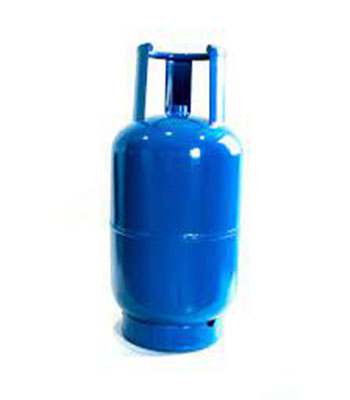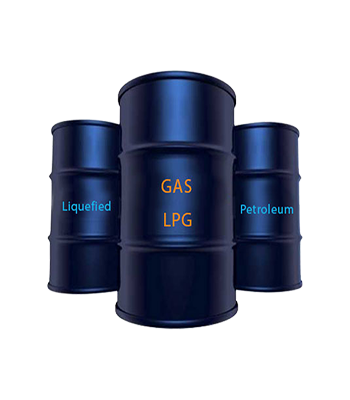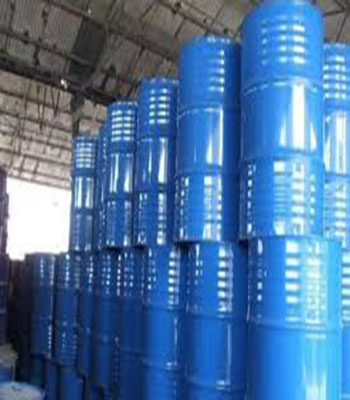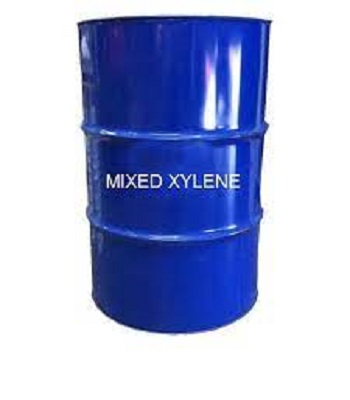LPG-Condensate
$0.00LPG-Condensate
$0.00LPG is a flammable mixture of two hydrocarbon gases (i.e. butane and propane) used as the feed for olefin units. It is extracted from crude oil and natural gas. Normally, the gas is stored in liquid form under pressure in a steel container, cylinder or tank.
LPG-Condensate
$0.00LPG-Condensate
$0.00LPG is a flammable mixture of two hydrocarbon gases (i.e. butane and propane) used as the feed for olefin units. It is extracted from crude oil and natural gas. Normally, the gas is stored in liquid form under pressure in a steel container, cylinder or tank.
LPG-Condensate
$0.00LPG-Condensate
$0.00LPG is a flammable mixture of two hydrocarbon gases (i.e. butane and propane) used as the feed for olefin units. It is extracted from crude oil and natural gas. Normally, the gas is stored in liquid form under pressure in a steel container, cylinder or tank.
MDI
$0.00DESCRIPTION
Methylene diphenyl diisocyanate is an aromatic diisocyanate. Three isomers are common, varying by the positions of the isocyanate groups around the rings: 2,2′-MDI, 2,4′-MDI, and 4,4′-MDI. The 4,4′ isomer is most widely used, and is also known as 4,4′-diphenylmethane diisocyanate.
MDI
$0.00DESCRIPTION
Methylene diphenyl diisocyanate is an aromatic diisocyanate. Three isomers are common, varying by the positions of the isocyanate groups around the rings: 2,2′-MDI, 2,4′-MDI, and 4,4′-MDI. The 4,4′ isomer is most widely used, and is also known as 4,4′-diphenylmethane diisocyanate.
MDI
$0.00DESCRIPTION
Methylene diphenyl diisocyanate is an aromatic diisocyanate. Three isomers are common, varying by the positions of the isocyanate groups around the rings: 2,2′-MDI, 2,4′-MDI, and 4,4′-MDI. The 4,4′ isomer is most widely used, and is also known as 4,4′-diphenylmethane diisocyanate.
Mixed-Xylene
$0.00DESCRIPTION
Mixed xylenes are the second-most-important aromatic product in terms of world consumption for chemical manufacture, ranking behind benzene and ahead of toluene. Mixed xylenes refers to the equilibrium mixture of four isomers with the same C8H10 chemical formula. The isomers in order of natural occurrence are meta-xylene, ortho-xylene, para-xylene, and ethylbenzene.
Xylenes are produced with different processes. When in refineries, oil cuts enter the reforming units, aromatic compounds comprise a great proportion of the outflow material. Separating this flow into its components, accounts for more than 70 percent of global xylene supply. Also in the steam cracking process in olefin units, some quantity of Mixed Xylene is produced. In addition, disproportioning Toluene into Benzene and Xylene and treating Pyrolysis Gasoline are also different ways to produce Mixed Xylene.
Mixed-Xylene
$0.00DESCRIPTION
Mixed xylenes are the second-most-important aromatic product in terms of world consumption for chemical manufacture, ranking behind benzene and ahead of toluene. Mixed xylenes refers to the equilibrium mixture of four isomers with the same C8H10 chemical formula. The isomers in order of natural occurrence are meta-xylene, ortho-xylene, para-xylene, and ethylbenzene.
Xylenes are produced with different processes. When in refineries, oil cuts enter the reforming units, aromatic compounds comprise a great proportion of the outflow material. Separating this flow into its components, accounts for more than 70 percent of global xylene supply. Also in the steam cracking process in olefin units, some quantity of Mixed Xylene is produced. In addition, disproportioning Toluene into Benzene and Xylene and treating Pyrolysis Gasoline are also different ways to produce Mixed Xylene.
Mixed-Xylene
$0.00DESCRIPTION
Mixed xylenes are the second-most-important aromatic product in terms of world consumption for chemical manufacture, ranking behind benzene and ahead of toluene. Mixed xylenes refers to the equilibrium mixture of four isomers with the same C8H10 chemical formula. The isomers in order of natural occurrence are meta-xylene, ortho-xylene, para-xylene, and ethylbenzene.
Xylenes are produced with different processes. When in refineries, oil cuts enter the reforming units, aromatic compounds comprise a great proportion of the outflow material. Separating this flow into its components, accounts for more than 70 percent of global xylene supply. Also in the steam cracking process in olefin units, some quantity of Mixed Xylene is produced. In addition, disproportioning Toluene into Benzene and Xylene and treating Pyrolysis Gasoline are also different ways to produce Mixed Xylene.










